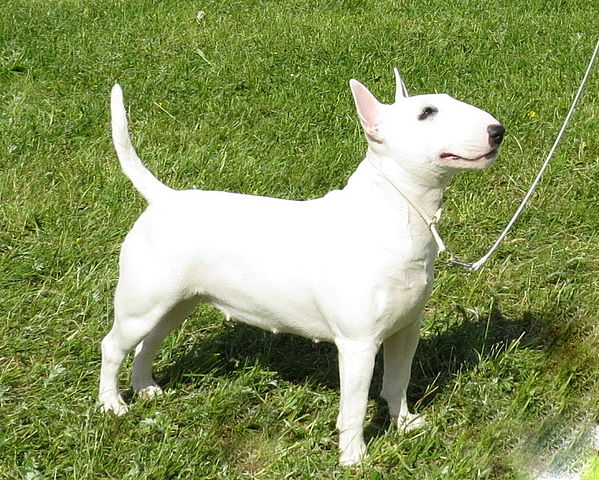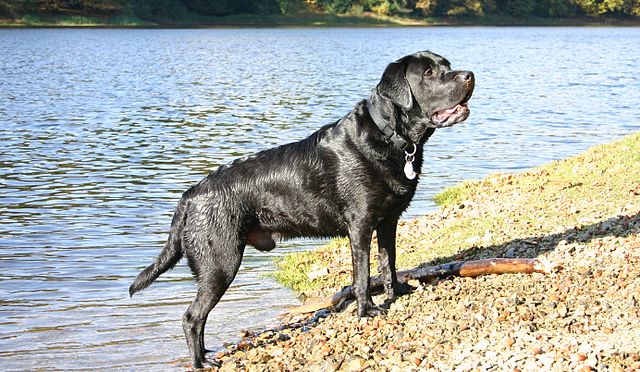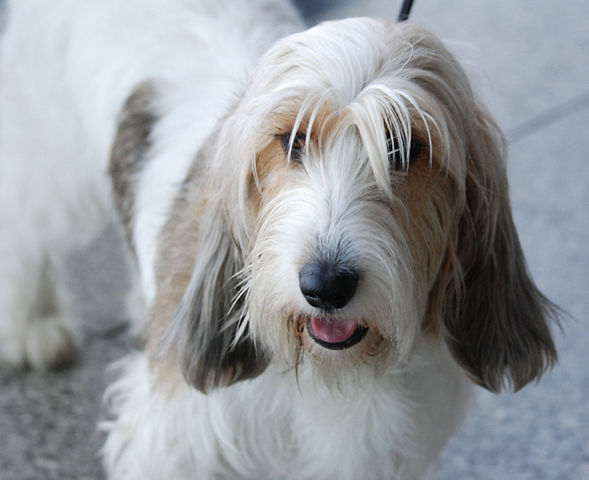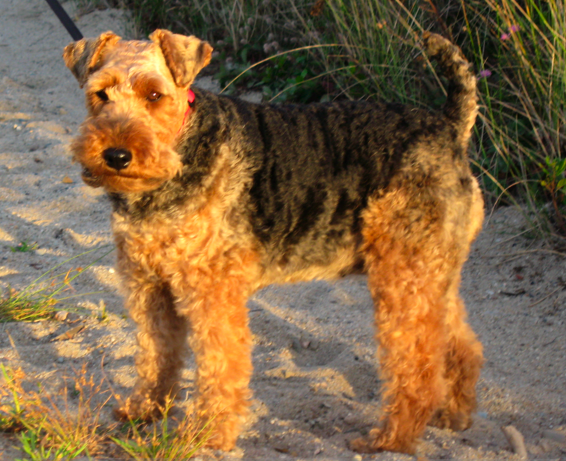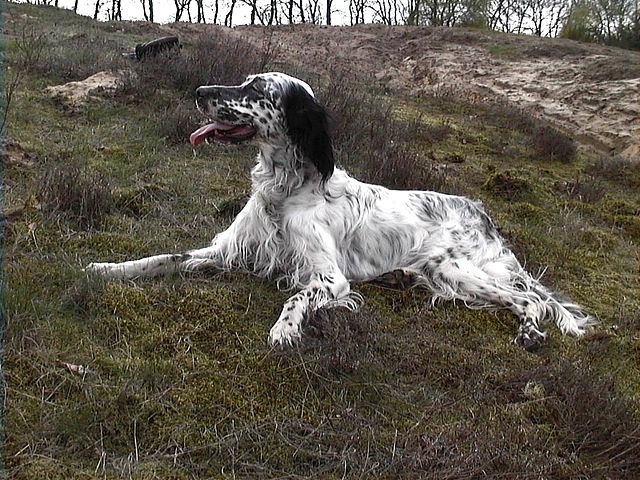The Bichon Frise, whose name means “curly lap dog”, takes his job as a companion very seriously. Both attentive to his owner as well as demanding of attention, he loves people above all else! In turn, many people have fallen in love with the happy nature and silly antics of this white cotton ball. Bichons are affectionate, gentle and playful. Many love to go new places and meet new people. They are equally good with children as well as the elderly. They are also long-lived – many will live to the age of 16 or older!
Because of their trusting nature and adorable looks, the Bichon is occasionally a target for dog-napping. This is one reason why an electric fence is not recommended for this breed, and a “real” physical fence is safer. Not only will a real fence keep out possible dog-nappers, but it will also keep out larger dogs who might wander into a yard and hurt a Bichon. While this breed normally gets along just fine with other dogs, they must be supervised around dogs much larger than them for their own safety.
As might be guessed from his extensive white coat, the Bichon is considered to be a high maintenance breed when it comes to grooming. Daily brushing is often required because the coat is curly – this means that dead hair will not always fall out, instead it will get caught in the rest of the hair and start to form mats. These mats must be worked out, and the quicker they are handled the easier the job will be. While it is possible to wait a week or so to brush out the coat, you will find yourself with a lot more work to do than if you had handled it on a daily basis! The coat should be bathed every 2-4 weeks, and it must be expertly scissored in order to get the typical “Bichon look”. Regular bathing is important since white dogs get dirty faster! Finally, the teeth should be brushed on a very regular basis as many Bichons are prone to tooth loss.
Although most Bichons have fantastic temperaments – friendly, enthusiastic and happy – there are some members of the breed that have problems with shyness. occasionally a Bichon will be so skittish and anxious that he may turn into a fear biter. This is a particular type of aggression that is based on major insecurities. For would-be-owners of this breed, it is vital to buy your dog from a reputable breeder who takes temperament into account! Bichons from pet shops (and therefore puppy mills) are often the individuals who will end up with temperament issues. While good genetics are absolutely vital, it is also important to socialize your Bichon as a young puppy. Well-bred and well-socialized puppies have a much better chance of becoming great members of society (and family).
The Bichon is an intelligent dog and is usually obedient and easy to train. This is one reason why they are such a great breed for novice owners! Many love to learn tricks, and will often offer these behaviors when they want to make their owner smile (or they want a cookie). While tricks are great, we always recommend obedience training as well, in order to build a bond with the dog while establishing rules and structure.
Bichons are energetic little dogs who do need regular exercise, but they can still do well living in apartments. Their tiny size makes the daily walk an easy chore, as they won’t need to go as far as a dog with longer legs! Their playful nature means that they enjoy playing fetch or other games with their owners, but they won’t be as intense in these games as some of the more serious working breeds. Their attitude is one of a happy-go-lucky outlook.
Separation anxiety is one common problem that many Bichons are prone to. While training can certainly help with this issue, it is best to consider whether or not the Bichon is the right breed for you if you are away from the house frequently. Because they love people so much, it isn’t entirely fair to keep them alone and lonely throughout the day. Bichons who experience separation anxiety often bark and howl quite a bit – which also may not be fair for your neighbors! Here at The Academic Hound, we have experience with the Bichon Frise. If you live in Austin or the surrounding areas and are looking for a dog trainer, give us a call!

Photo By Heike Andres

